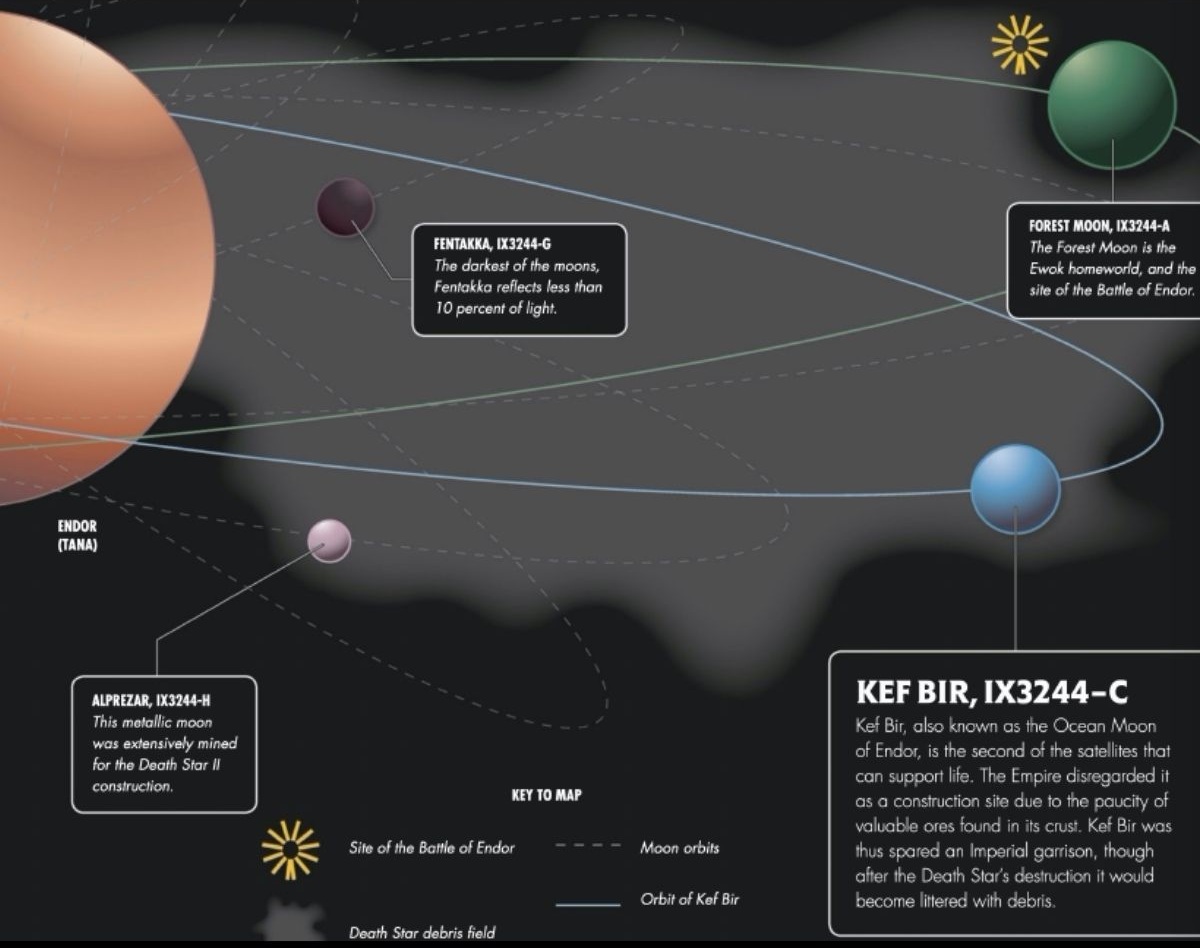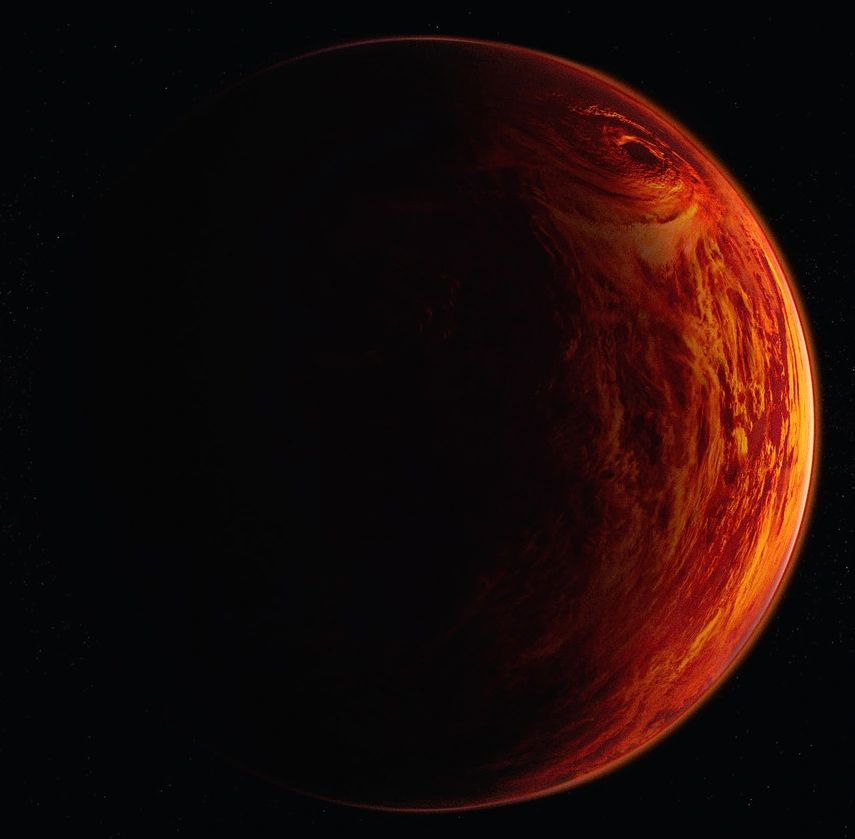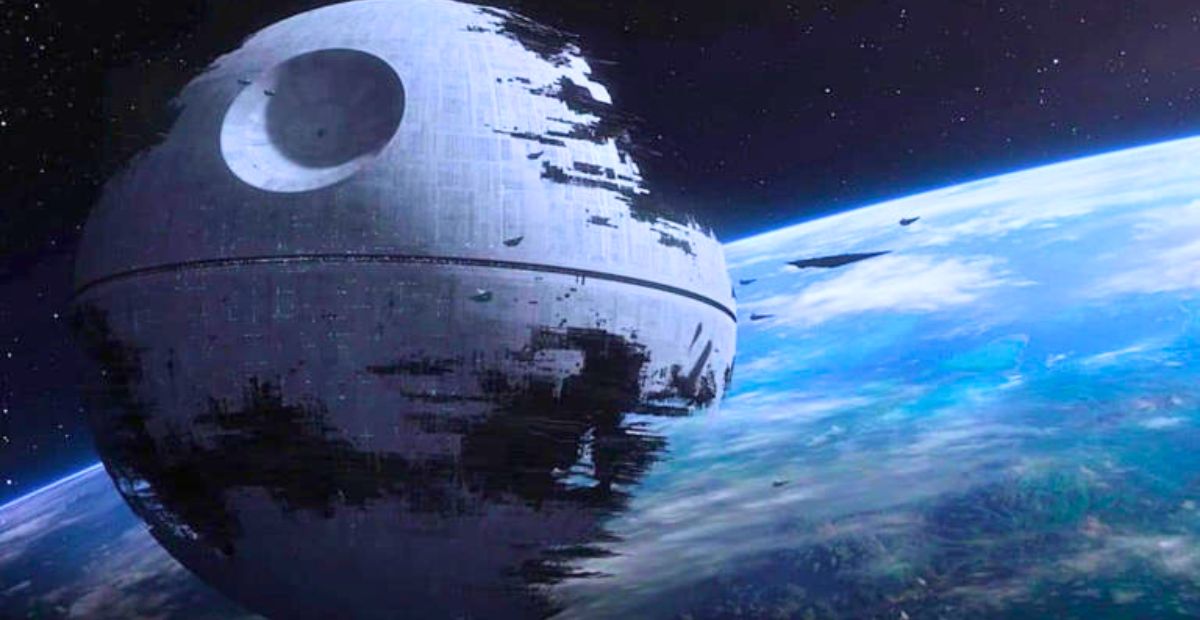I always thought the Battle of Endor took place on the actual planet Endor. Like most fans, I just assumed the forest planet with Ewoks, speeder bikes, and the shield generator was Endor. Simple, right?
But after some late-night doomscrolling on Reddit, I came across a post that completely flipped what I thought I knew. Turns out, the Endor we see in Return of the Jedi isn’t a planet at all—it’s a moon. The forest moon of Endor is just one of several moons orbiting a massive gas giant named Endor.
So yeah, the entire ground assault? The shield generator base? The Ewoks throwing hands with stormtroopers? That all happened on the moon, not the planet. And the actual planet Endor is this huge, uninhabitable gas giant floating in the background.
Everything We Know About the Endor Planet
Most fans hear “Endor” and immediately think of the forest moon, the Ewoks, and that iconic speeder bike chase. But technically, the green forest moon isn’t Endor—it orbits Endor. The actual planet Endor is a massive gas giant that most people don’t even realize exists unless they’ve gone deep into the lore.
In both Star Wars canon and Legends, Endor (the planet) is described as a gas giant with multiple moons—nine, to be exact. The forest moon we see in Return of the Jedi is just one of them. It’s formally referred to as the “Forest Moon of Endor,” or “Sanctuary Moon,” and it was the one chosen by the Empire as the location for the Death Star II’s shield generator.
The planet itself doesn’t get much screen time—or any, really—but it’s confirmed through various sources, including official Star Wars reference guides and maps. One of the most direct mentions is in Star Wars: The Essential Atlas, where Endor is clearly labeled as a gas giant, and its moon is noted for hosting the decisive battle against the Empire.
From the book “The Forest Moon of Endor is a small green sphere, the second of nine moons orbiting a silver-banded gas giant known to its native Eworks as Tana.”


In Legends, the Endor system is even more fleshed out. The gas giant is said to have extreme atmospheric storms and intense magnetic fields, which makes travel near the planet dangerous. Its moons, including the forest moon, were more habitable and suitable for bases, settlements, and wildlife like the Ewoks.
So yeah—the fight didn’t take place on “Endor” the planet. It happened on a moon orbiting it. The actual Endor is this giant gas giant looming in the background of all that chaos, largely forgotten because everyone just calls the moon “Endor.”
Just like every planet in Star Wars, Endor doesn’t float around on its own—it’s part of a star system. And in this case, that system is centered around a star named Ibleam. Basically, Ibleam is the sun of the Endor system, and the gas giant Endor is one of the planets orbiting it.
For a clearer picture, The Rise of Skywalker: The Galactic Guide shows both the Forest Moon of Endor and the gas giant it orbits, Endor itself.

It’s the Same Deal as Yavin IV and Its Gas Giant

You know what this all reminds me of? Yavin IV. That’s another classic Star Wars case where most people think the action happened on a planet—but nope, turns out it was just a moon. The Rebels didn’t actually set up their base on the gas giant Yavin itself. They hid out on Yavin IV, one of the planet’s moons, orbiting the massive red planet we barely even see in the movie.
And the thing is, Yavin itself—the actual planet—is this enormous gas giant that never really gets much screen time. You only catch a glimpse of it in the background while the camera focuses on the jungle-covered moon. But that red planet is huge. It’s not somewhere you could land or breathe or build a secret Rebel base. It’s just there, looming in the sky while everything important happens on the moon.
Yavin—also known as Yavin Prime—is a massive orange gas giant tucked away in the Outer Rim. It’s nearly 200,000 kilometers across, making it an absolute behemoth in the system. Visually stunning, sure, but dangerous too. Its swirling clouds might seem like good cover during space battles, but they’re a death trap for any ship that drifts in too far. Pilots knew better than to gamble with the planet’s thick, stormy atmosphere.
Spinning around this gas giant are twenty-six moons. Out of all of them, only three—Yavin 4, Yavin 8, and Yavin 13—could actually support life. And of course, Yavin 4 is the one that made history. Long before the Rebellion arrived, the moon was home to the ancient Massassi people. Later, it became the secret base where the Rebel Alliance pulled off one of the biggest victories in galactic history: the destruction of the Death Star.

